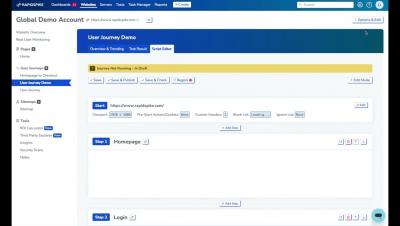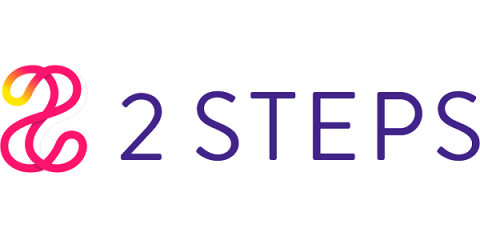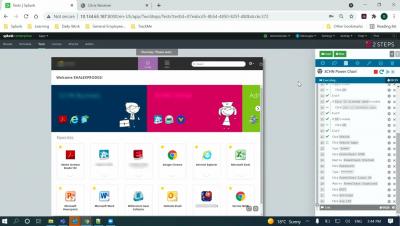Discovering Efficiency Through 2 Steps Synthetic Monitoring for Splunk
You're probably familiar with Splunk. It's one of the most popular big data solutions organisations worldwide use to monitor their systems in real-time. But you may not know that Splunk also offers synthetic monitoring solutions via 2 Steps. 2 Steps Synthetic Monitoring for Splunk is a powerful tool that can help you speed up your application troubleshooting process. Today we'll take a closer look at what it is and how it can benefit your organisation.











